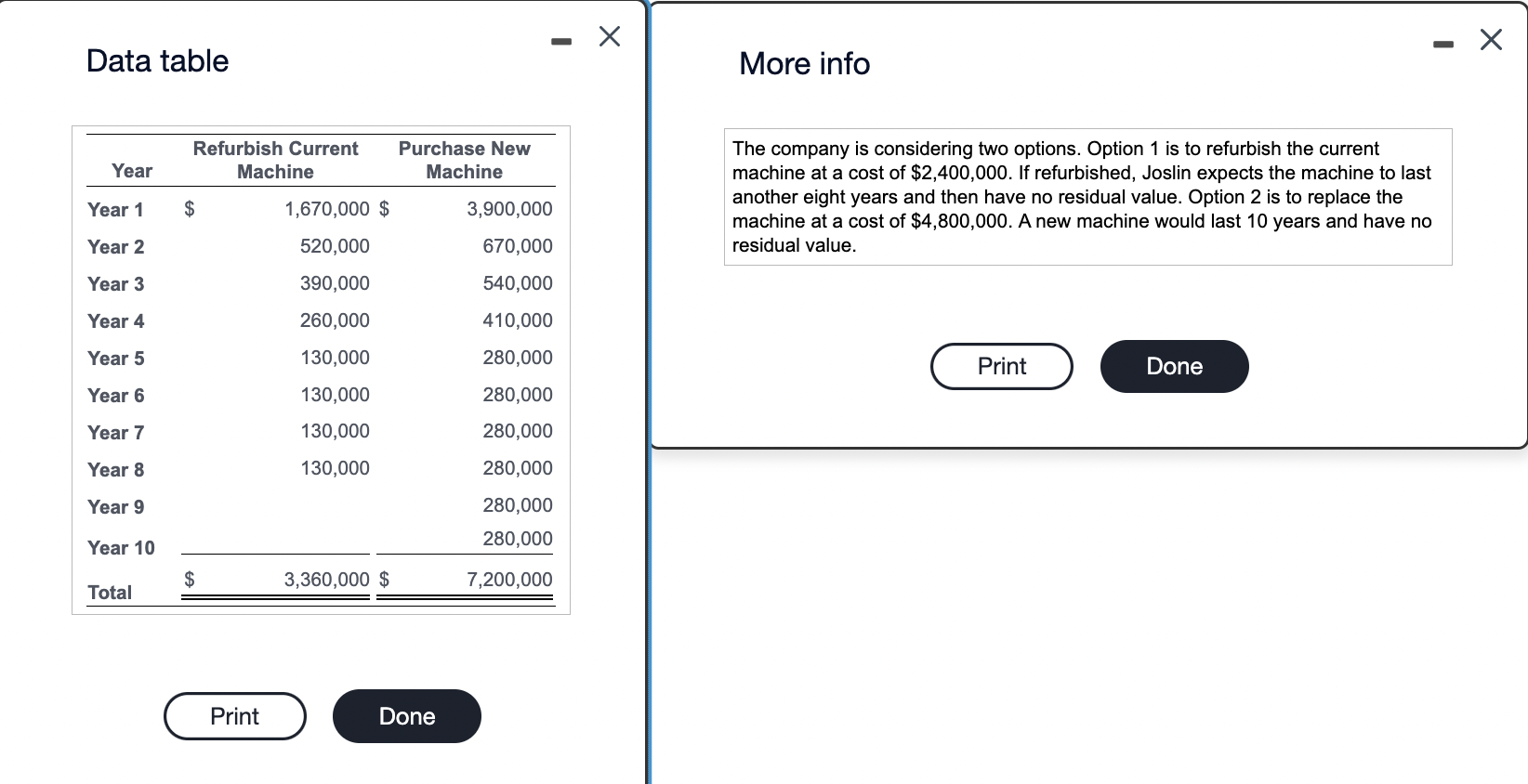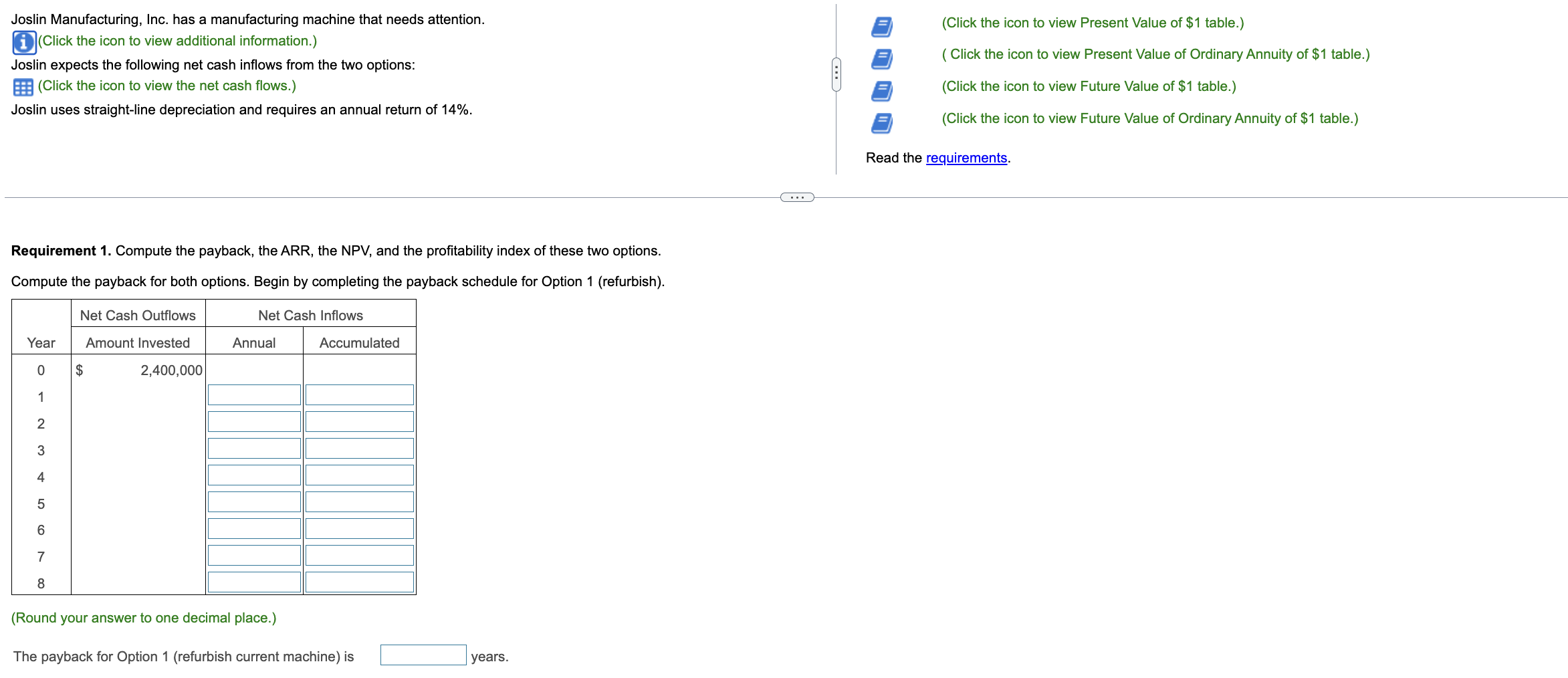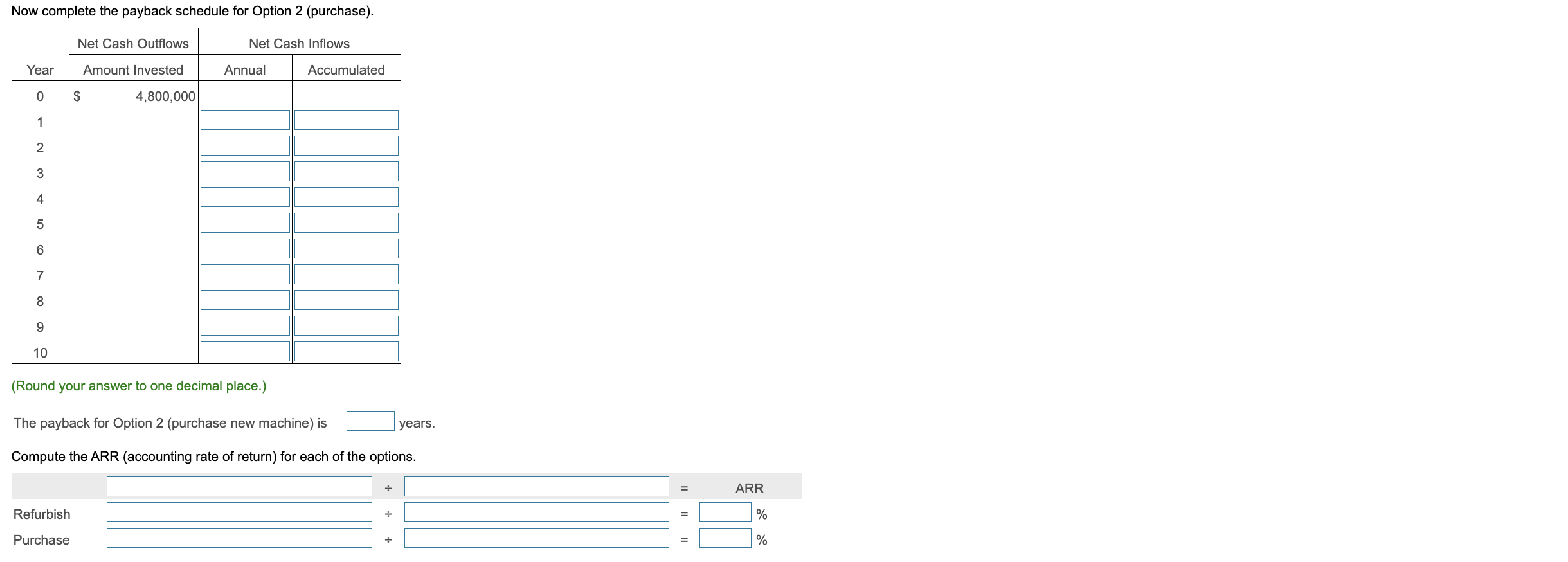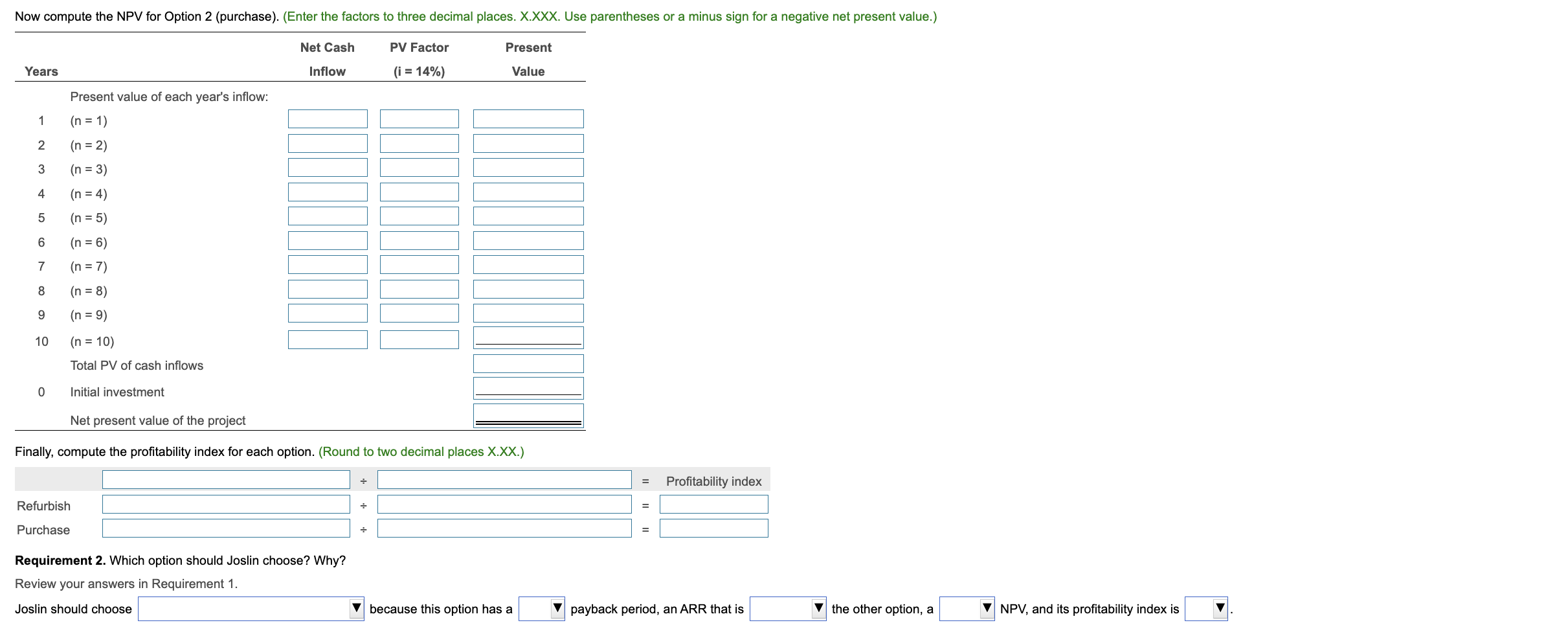Answered step by step
Verified Expert Solution
Question
1 Approved Answer
(PLEASE HELP. IF ANY ADDITIONAL INFO IS NEEDED TO COMPLETE LET ME KNOW) Needed Information for the problem: Screenshot 1: Screenshot 2: Screenshot 3: Screenshot
(PLEASE HELP. IF ANY ADDITIONAL INFO IS NEEDED TO COMPLETE LET ME KNOW)
Needed Information for the problem:

Screenshot 1:

Screenshot 2:

Screenshot 3:

Screenshot 4:

Step by Step Solution
There are 3 Steps involved in it
Step: 1

Get Instant Access to Expert-Tailored Solutions
See step-by-step solutions with expert insights and AI powered tools for academic success
Step: 2

Step: 3

Ace Your Homework with AI
Get the answers you need in no time with our AI-driven, step-by-step assistance
Get Started


